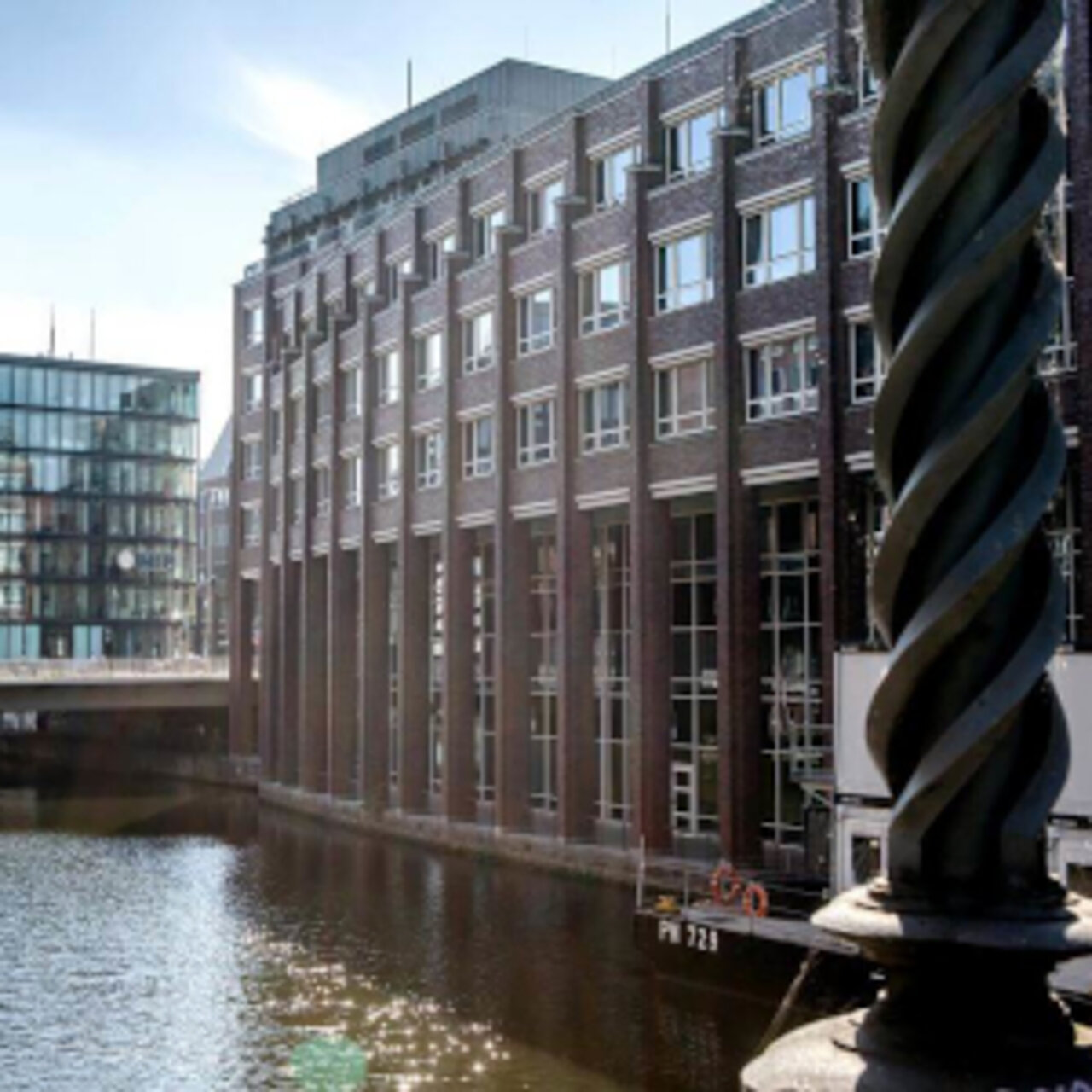Specialists in Radial Head Fracture
5 Specialists found
Center for Shoulder Surgery of the ATOS Clinic Fleetinsel Hamburg
Shoulder and Elbow Surgery
Hamburg
Information About the Field of Radial Head Fracture
Patients usually come in with pressure pain at the elbow and pain during movement. In addition, patients often complain of a subjective feeling of limited mobility, usually caused by bleeding into the joint space or jammed fracture fragments.
How is a Fracture of the Radial Head Diagnosed?
First, details of the accident are recorded as part of the patient history. Then, a clinical examination is carried out to look for specific fracture signs. Next, the physician palpates the fracture region for bone gaps or displacements and excessive mobility. Functional capacity is also checked. An essential part of the clinical examination is the evaluation of circulation, motor function, and sensitivity in the affected extremity and externally visible changes in the surrounding tissue.
X-ray examination is the most important imaging technique.
Complex fractures may require additional wrist evaluation by radiography, as the distal radioulnar joint (the connection between the ulna and radius at the wrist) may be affected.
In addition, severe fractures are evaluated with a CT scan to visualize possible concomitant injuries to surrounding structures.
MRI examinations are the most appropriate imaging procedure if soft tissue injuries are suspected. This can identify cartilage or ligament lesions, for example.
Radius Head Fracture Treatment
To restore full function, choosing the right therapy is of central importance. It is primarily based on the classification of the fracture. In very simplified terms, complex fractures should be operated on, and simple, stable fractures with correct position can be treated conservatively, i.e., without surgery, according to individual evaluation.
Conservative Therapy
Conservative treatment is considered for simple fractures where the fracture line divides the bone into two fragments being minimally displaced or not displaced from each other. For about 2 weeks, patients must wear a cast that fixes the forearm in a flexed and inner rotated position. The arm must be examined regularly for possible pressure positions and limitations in sensitivity or blood flow during this time. After the cast is removed, the focus is on the progressive physiotherapeutic restoration of function. A specific physiotherapeutic regimen forms the basis for increasing exercises from passive movements to active training and full weight-bearing.
Radial Head Fracture Surgery
If the fracture has resulted in more than 2 fragments or if the fragments are unfavorably displaced from each other, surgery becomes necessary. Surgery should also be carried out for more severe fractures with concomitant dislocation of the elbow.
More uncomplicated fractures are usually treated with plates or screws (plate or screw osteosynthesis), or a nail is placed lengthwise into the bone cavity.
More severe fractures usually require a more radical approach, where plating or screw fixation cannot be carried out. Instead, the radial head is surgically removed and replaced with a prosthesis. In some cases, the prosthesis can be omitted because the remaining healthy ligaments can compensate for the missing radial head.
Aftercare and Healing Process
Depending on the extent of the surgical treatment, the elbow joint should be splinted and immobilized for several weeks. In addition to regular follow-up visits to the doctor, patients should take it easy on their affected arm, cool it regularly, and take painkillers. Physiotherapy with passively assisted movements can begin as early as 2 weeks after the procedure. Then, a regimen is followed that aims to steadily increase exercises in terms of volume and load. The moment when the patient is allowed to resume full weight-bearing and perform all sports depends on the injury and ultimately on the therapy and must be clarified with the attending physician.
Possible Complications and Long-Term Consequences
Complications can occur after a radial head fracture. These include injuries to nerves, blood vessels, and other soft tissues and excessive bleeding, thrombosis, or embolism. Open fractures, in particular, are associated with an increased risk of infection.
Although conservative therapy, in contrast to surgery, eliminates some of the risks, long-term functional limitations may occur, especially if the fracture fragments are in unfavorable positions.
The most common complication after surgery is elbow stiffness, in other words, limited mobility. This can be avoided by proper surgical treatment, early passive and active motion, and disciplined adherence to the physical therapy regimen.
Sources:
- www.amboss.com/de/wissen/Radiuskopffraktur/
- www.amboss.com/de/wissen/Allgemeine_Frakturlehre




